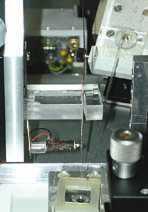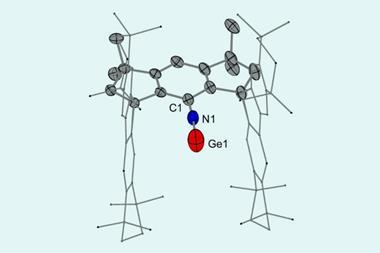A new microscope with tiny probe tips makes looking at single cells easier.
A new microscope with tiny probe tips makes looking at single cells easier.
With the desire to develop better approaches to treating and managing neurodegenerative diseases Albert Schulte and his team from Ruhr-University, Germany, have developed a new technique for looking at single living cells.
Schulte’s team developed a scanned probe microscope for investigating dynamic processes in single living cells. Their particular interest in studying cell-to-cell communication comes from a need to understand better underlying mechanisms for releasing electrochemically detectable neurotransmitters such as catecholamines or nitric oxide.

Schulte envisages that this work will lead to different electrochemical techniques being applied to monitoring fluctuations in the concentration of biologically important messenger molecules. According to Schulte, this should ’lead to the early recognition of the onset of neurological and/or psychological disorders’.
To do this, Schulte has identified several major challenges, including making electrodes with tip diameters in the nanometer range, tailoring the selectivity of the electrodes towards target analytes and constructing multielectrode devices for taking measurements from more than one cell at a time or recording multiple analyte signals from the same cell.
Helen Fletcher
References
L P Bauermann, W Schuhmann and A Schulte, Phys. Chem. Chem. Phys., 2004, 6, 4003 <MAN>b405233a</MAN>






No comments yet